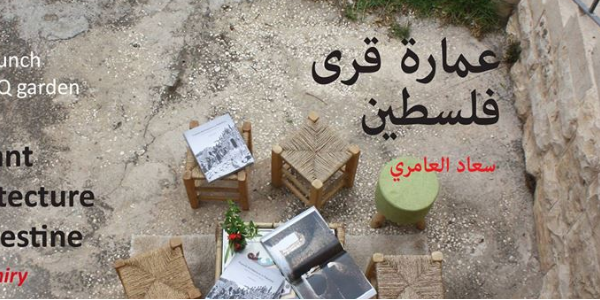Book Launch of "Peasant Architecture in Palestine" by Suad Amiry

-
Date14 - Aug 2018
-
Hour18:00 - 20:00
-
Addressرواق - مركز المعمار الشعبي, Ramallah, Ramallah & Al-Bireh
-
Views1122
English follows
يتشرف رواق بدعوتكم لإطلاق كتاب "عمارة قرى فلسطين" لسعاد العامري. حيث يستند هذا الكتاب على أطروحة سعاد العامري 1987 التي تتناول التنظيم المكاني لمختلف المستويات في ريف فلسطين في أواخر القرن التاسع عشر. يعتمد الكتاب على تحليل مكاني تنازلي من مستوى القرية وصولاً إلى تنظيم الفضاء الداخلي للبيت. يتمحور الكتاب حول دير غسانة، وهي قرية فلسطينية تقع في المرتفعات الوسطى - الضفة الغربية اليوم. ومن أجل فهم العلاقة الوثيقة بين الفضاء المبني والتنظيم الاجتماعي لمجتمع الفلاحين الذي أنتج هذا الفضاء، يعيد الكتاب بناء الحياة في دير غسانة في مطلع القرن العشرين، حين شكل الفضاء والمجتمع معاً وحدة اجتماعية ومكانية واحدة، وعندما كانت القرية ذات طابع بسيط نسبياً، ويعيش فيها مجتمع فلاحي يعتمد، بشكل رئيسي، على الزراعة، وحيث الأساليب التقليدية، بما في ذلك في عمارته، ما زالت سائدة. يدرس الكتاب طبيعة التغيير الذي حدث في الفضاء المبني لدير غسانة في ضوء التحولات الاجتماعية الدرامية في العقود السبعة (1916-1986).
Riwaq cordially invites you to the book launch of Suad Amiry's "Peasant Architecture in Palestine". This book builds on Suad Amiry’s 1987 thesis addressing spatial organization at different environmental levels in late 19th century rural Palestine. The book adopts a descending spatial order of analysis from settlements to furniture. The built space of Deir Ghassaneh, a Palestinian village located in the central highlands–the West Bank today–is the focus of the book. To enhance understanding of the close correlation between this built space and the social organization of the peasant community that produced it, the book reconstructs life in Deir Ghassaneh at the turn of 20th century, a period when space and society together constituted a single socio spatial whole, and when the village was a relatively autarkic, subsistence based agrarian community in which traditional modes, including architecture, still prevailed. The book examines the nature of change that took place in the built space of Deir Ghassaneh in light of the dramatic social transformations of seven decades (1986-1916).